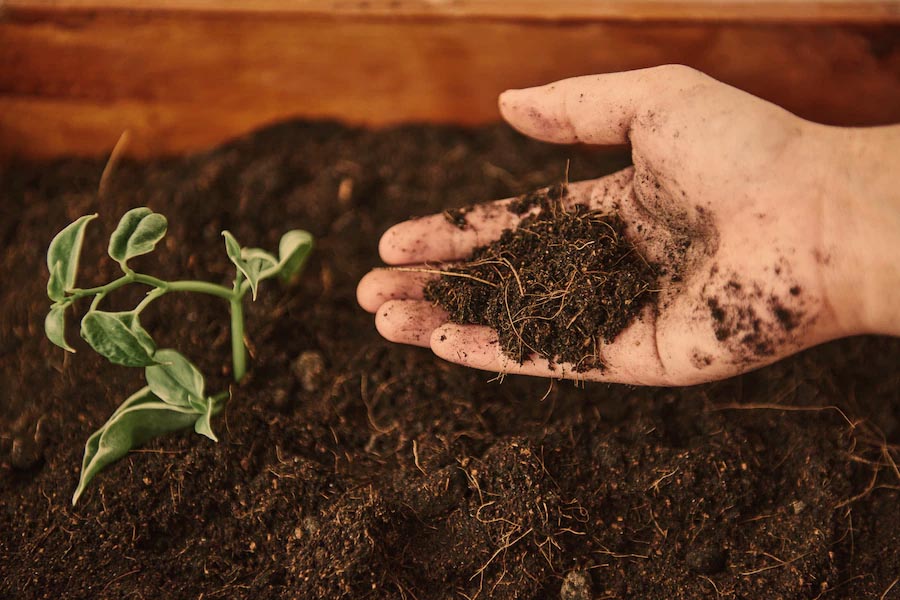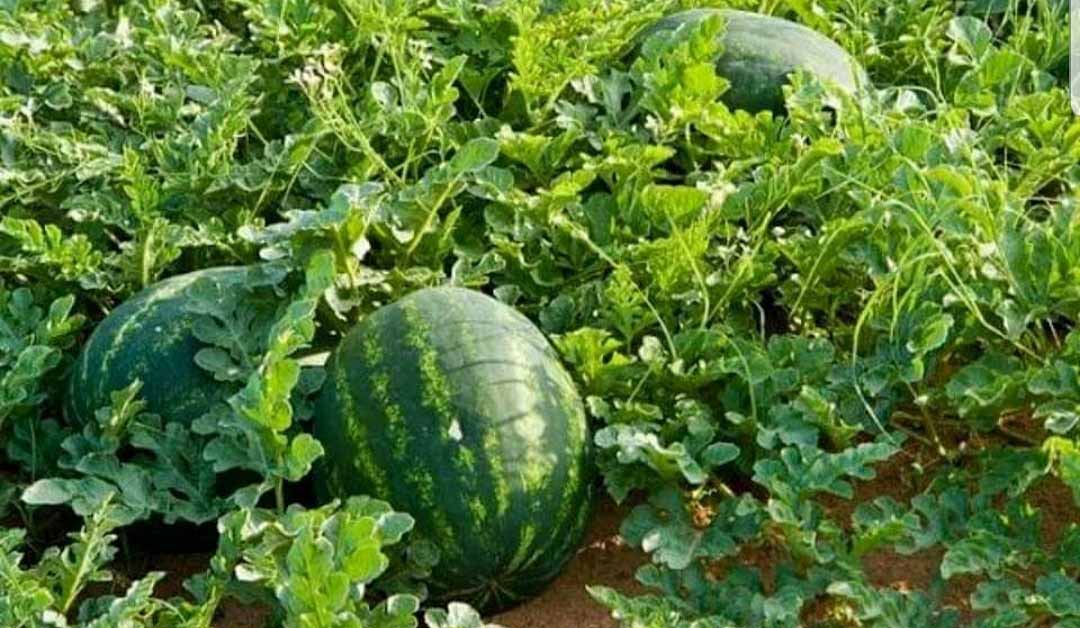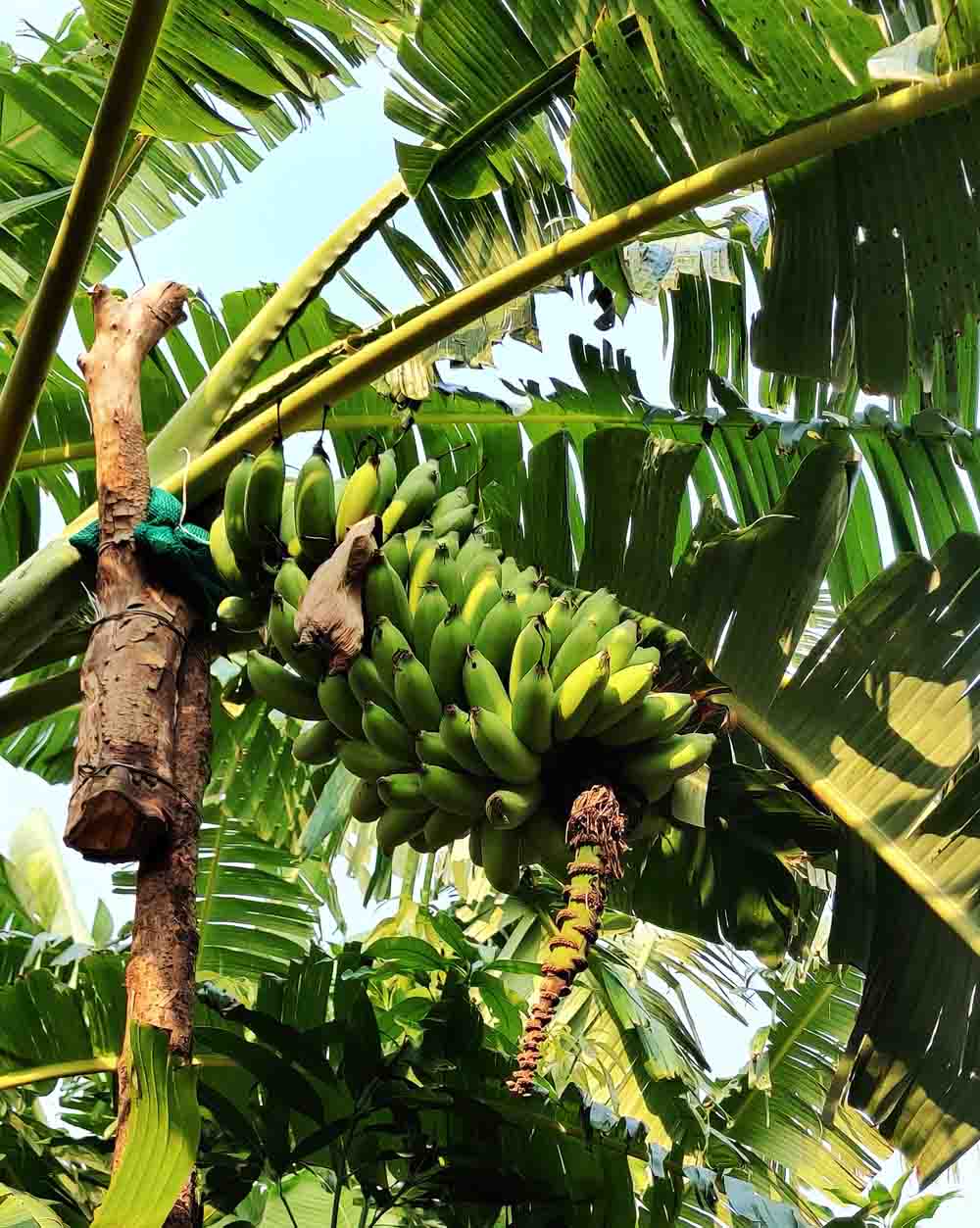March 30, 2022

Have you ever wondered why some foods taste low and some so appetizingly yummy, that we want to devour more and more.
The answer lies in the health of the grain. The array of colours in the vegetable mart dictated by the peppers, carrots, brinjals, lemons, flowers which put the colours of holi to shame, are they all healthy for our consumption.
In a country ridden by pollution, and adulteration, can we blindly believe that the grains we take in every day are of optimum health. No we cannot.
However, the statistics show that there has been a phenomenal jump in organic farming since 2014 until now.
Let me now usher you into the world of ORGANIC FARMING
- Natural Livestock and Poultry Production
- Natural Crop Production
- Organic Weed and Pest Control
- Soil Management
GMO - Genetically modified Organisms are a part of our natural farming processes. Organic farming is bereft of the same. Crop rotation, healthy manures, machine tested crops are a part of the organic cycle of farming.
The pillars of Organic farming are health, ecology care and fairness. We all need to strive towards a balanced and sound ecosystem. Health - maintain the health of the consumers, growing healthy foods. Managing the balance of the ecosystem. Care for all and manage all relationships of the producers and consumers in a fair way.
Organic farming is a lot more expensive as we cannot afford so much land and water - than non organic farming. The cattle needs to be fattened, and fed more to get organic milk. Conventional may have a larger ecological footprint. Organic farmers can use synthetic pesticides which are less risky. This is a developing norm.
We have more debates in future to emboss this farming strategy being the best for biodiversity. Is it sustainable? Will it be ever able to feed such a large population as India?
Time to think.





